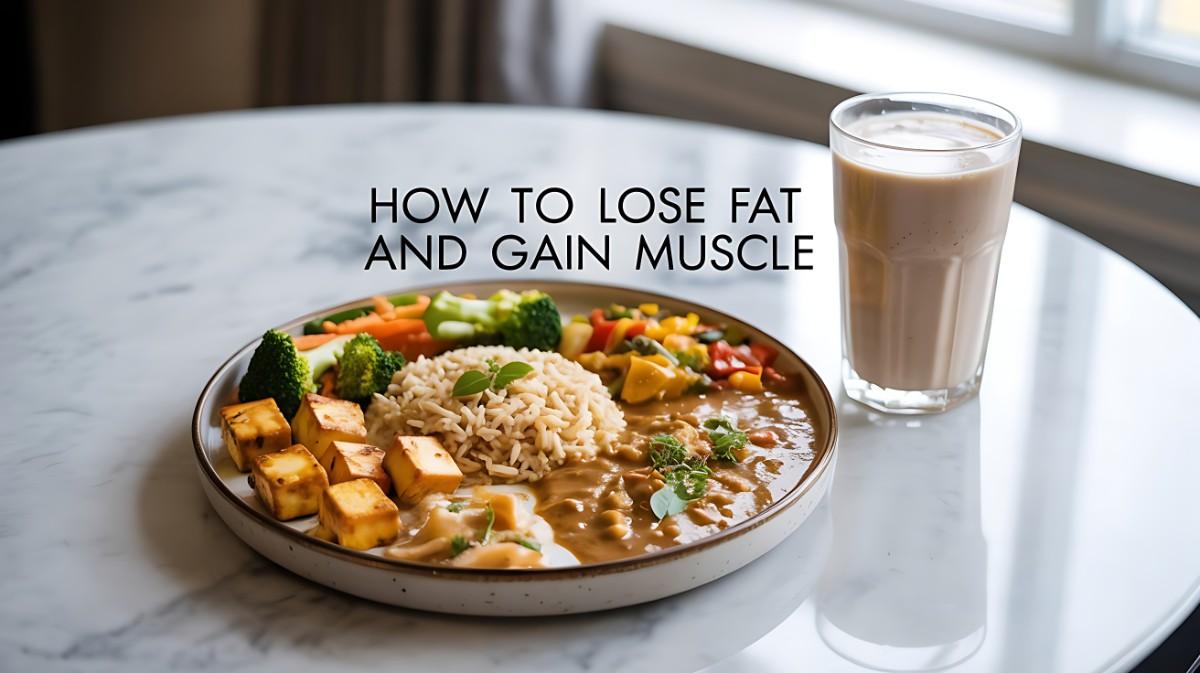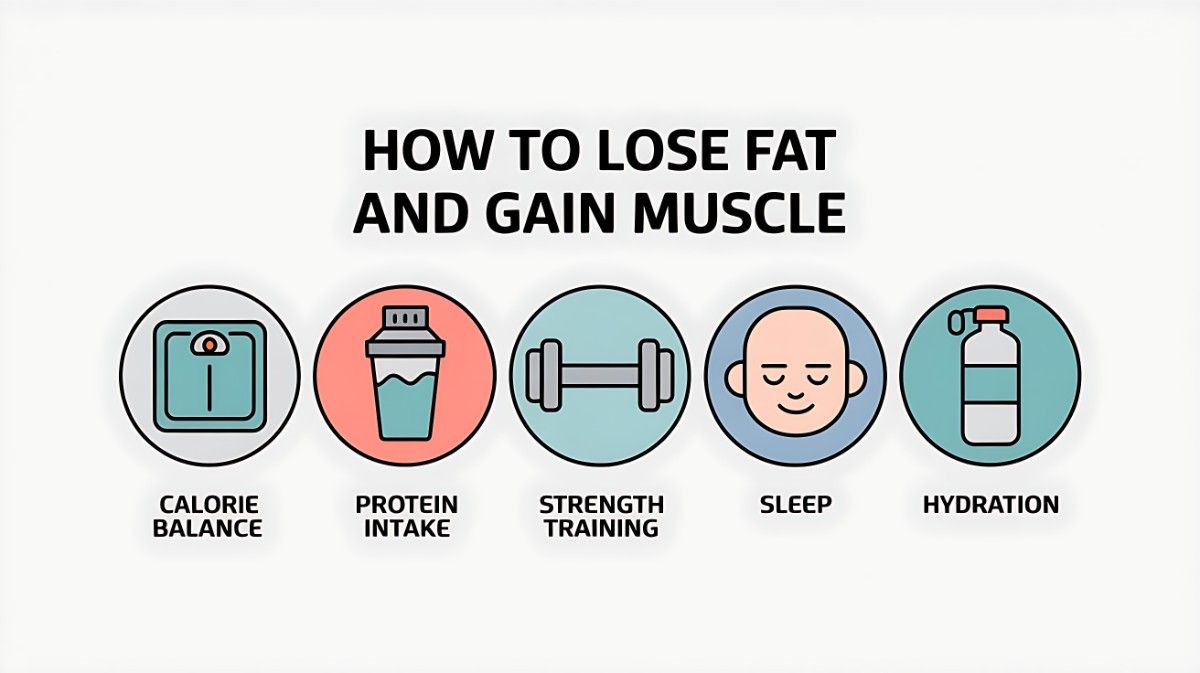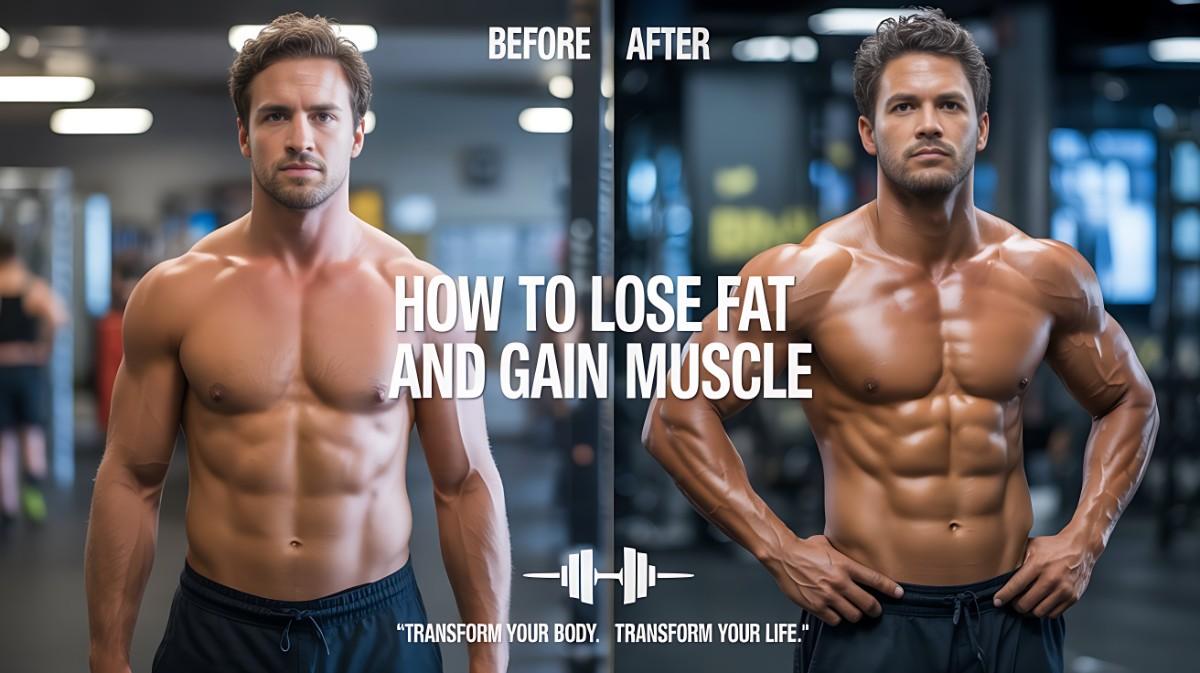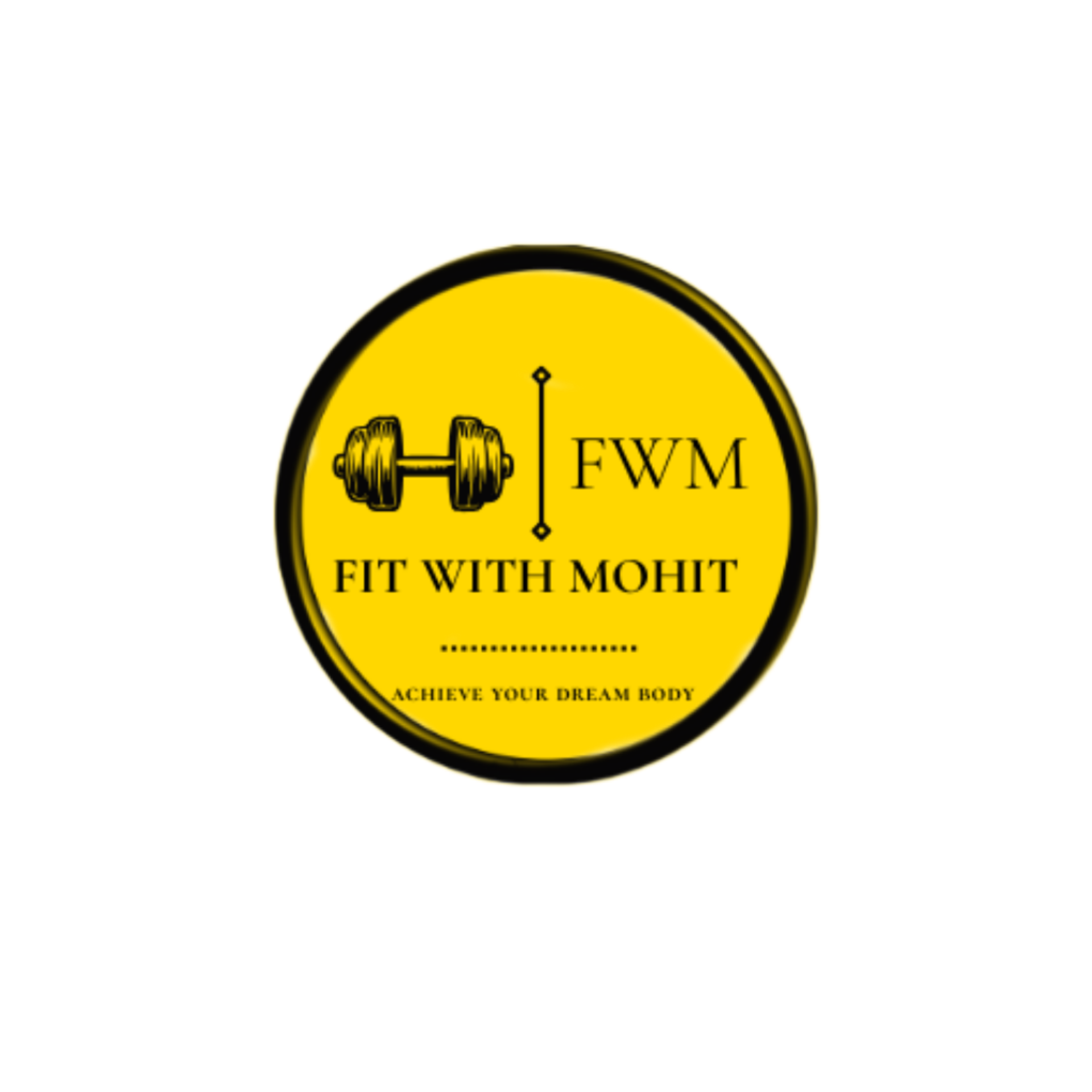How to Lose Fat and Gain Muscle
How to Lose Fat and Gain Muscle

Learning how to lose fat and gain muscle at the same time takes dedication. This process is known as body Recomposition. It’s not easy, especially since these two goals are contradictory. Your body may resist, especially if your primary focus is on weight loss.
What Does It Really Mean to Lose Fat and Build Muscle?

How to Lose Fat and Gain Muscle
When people say they want to get “fit,” most of them mean they want to lose fat and gain muscle at the same time. In simpler words, they want to burn off the extra weight while looking stronger, tighter, and more athletic—not just skinnier.
Instead of focusing on just dropping numbers on the scale, your goal should be to rebuild your body composition—that is, reduce body fat percentage while increasing lean muscle.
Can You Truly Do Both at Once?
Yes, and no—it depends on how you approach it. The idea that you need to bulk up first and then cut is outdated. Modern science supports the idea that, under the right conditions, you can build muscle and lose fat simultaneously—a process known as body recomposition.
How to Lose Fat and Gain Muscle
Body Recomposition: The Science-Backed Solution
This approach means your weight might not change much, but your body will. Your clothes will fit better, your energy will shoot up, and you’ll look stronger even if the scale stays the same.
Want to dive deeper into how this works? We explain body recomposition in more detail in our blog on intermittent fasting vs calorie deficit, which can give you a more specific perspective on creating calorie-smart eating habits.
Calorie Balance: Should You Eat More or Less?
How to Lose Fat and Gain Muscle

Here’s where most people mess up. You don’t need a massive calorie deficit to burn fat. In fact, that can work against your goal.
To lose fat and gain muscle, you need:
A slight calorie deficit (100–300 calories below maintenance)
Enough protein to support recovery and growth
Strength training 3–5x a week
Good sleep and stress management
So yes, eat less—but not too little.
How to Lose Fat and Gain Muscle
Why Protein is Your Most Powerful Tool
Out of all the macros, protein is king when it comes to building muscle and burning fat. Why?
It keeps you full longer (great for fat loss)
It helps repair and grow muscle
It boosts your metabolism
Try to aim for at least 1.6–2.2 grams per kg of body weight. Include sources like:
Chickpeas, tofu, lentils
Greek yogurt, paneer
Whey protein (ideal post-workout)
Want to know more about powerful Indian protein options? Check out our blog on the best protein sources in India.
Best Foods to Eat While Trying to Transform
How to Lose Fat and Gain Muscle

Don’t overcomplicate it. Keep your meals:
Whole and minimally processed
High in fiber and micronutrients
Balanced with all 3 macros
Here’s a sample combo:
Carbs: Brown rice, oats, quinoa, sweet potato
Proteins: Soya chunks, paneer, chicken breast, eggs (if you eat them)
Fats: Almonds, chia seeds, ghee (in moderation)
How to Lose Fat and Gain Muscle
Sample Diet for Losing Fat and Gaining Muscle
Breakfast
Oats + whey + banana + peanut butter
Lunch
Brown rice + dal + grilled paneer + sautéed spinach
Snack
Greek yogurt + almonds + 1 fruit
Dinner
Grilled tofu/chicken + mixed salad + quinoa
Post-workout
Whey protein shake
Again, you’re not eating less, you’re eating smarter.
The Right Workout Plan to Support Body Recomposition
How to Lose Fat and Gain Muscle
You can’t out-train a bad diet—but you can train smart to accelerate your fat loss and muscle-building.
The magic lies in resistance training, especially with compound movements like:
Squats
Deadlifts
Bench presses
Rows
Push-ups
3–5 sessions per week are enough to make serious changes.
How Much Cardio Should You Do?

How to Lose Fat and Gain Muscle
Don’t turn into a cardio bunny.
Do 2–3 sessions/week of light to moderate cardio to support fat loss. Think brisk walking, cycling, or HIIT—not 2-hour treadmill marathons.
Also, remember: too much cardio can interfere with muscle gains. Keep it balanced.
Supplements That Can Actually Help (Not Waste Money)
You don’t need a cabinet full of pills. But a few can make life easier:
Whey protein – easy way to hit your protein goal
Creatine – helps increase strength and muscle volume
Multivitamin – to fill in any nutritional gaps
Avoid “fat burners.” Most are just caffeine bombs.
Does Intermittent Fasting Really Work for Muscle + Fat Loss?
Yes, it can. Intermittent fasting helps regulate insulin, reduce calorie intake, and improve fat metabolism—when done right.
But you still need to:
Eat enough protein during the eating window
Train in a fed state (or sip on BCAAs)
So fasting is a tool—not a magic formula.
Mistakes People Make While Trying to Achieve Both

Let’s call them out:
Overtraining: More is not better. Recovery builds muscle.
Too much cardio: You’ll burn muscle too.
Under-eating protein: Even if you hit calories, protein builds.
No strength training: Lifting is non-negotiable.
Best Way to Track Progress (Hint: It’s Not the Scale)
The scale lies. Instead, track:
Progress photos (weekly)
Gym performance (strength gains)
How clothes fit
Body measurements (waist, hips, arms)
Seeing how you feel and look matters more than numbers.
How Long Will It Take to See Visible Results?
Expect noticeable changes in 6–12 weeks—if you’re consistent. Don’t aim for overnight transformations. Aim for lifelong ones.
Realistic Tips to Keep Going Long-Term
Find a routine that fits your lifestyle
Stop chasing perfection—aim for 80% consistency
Track progress weekly
Have accountability (coach, friend, or app)
Final Words
If you’re wondering how to lose fat and gain muscle, you now have a proven roadmap. It’s not about starving yourself or spending 3 hours in the gym every day.
It’s about balance, strategy, and long-term consistency. Focus on eating whole foods, hitting your protein target, training hard (and smart), sleeping well, and tracking progress beyond the scale.
If you’re serious about transforming your body and mindset, this journey will not only reshape your physique—it’ll change your life.
Looking for a personalized weight loss and muscle-building meal plan tailored to your lifestyle? Check out my 101 Diet Consultation Program.
Want daily fitness motivation, behind-the-scenes content, and expert tips to help you lose fat and gain muscle faster?
Follow me on Instagram for real-time updates, client wins, and actionable diet tips.
And don’t forget to check out my YouTube channel @eatingwithmohit where I break down powerful fat loss strategies, high-protein Indian meals, and muscle-building workouts in a fun and easy way.
Let’s crush your transformation goals together! 💪🔥
